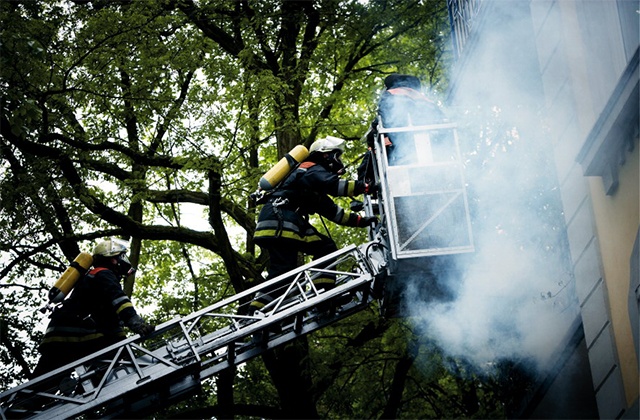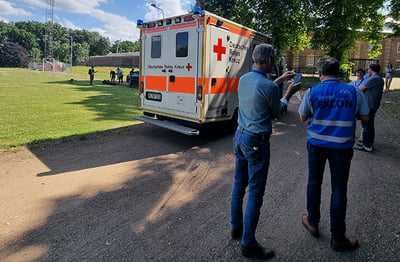If you have followed the trends of the PMR market, you must be aware of the discussion and publicity around LTE and broadband. We are on the brink of a transformation in critical communications – apparently.
All this hype is confusing especially if you are in the process of specifying a new radio communication system for your organisation.
What’s the future of TETRA? How near is public safety LTE anyway? Should you wait for the promised public safety LTE solutions? After all, there are no standard based mission-critical broadband solutions available in the market today.
If you choose to wait, how long will it take?
The truth is that nobody really knows when public safety LTE will replace mission-critical, narrowband radio networks. It’s true that the latest mobile broadband standard has just been updated to include mission-critical push-to-talk. But implementing such a standard system will take time and establishing a full ecosystem will take even longer.

Hmm – tricky.
To help you decide on your radio communication technology now, consider this - These five steps must happen before you can buy a standard mission-critical broadband solution:
1. The broadband LTE standard needs to include mission-critical push-to-talk (MCPTT). OK that’s already done – it’s ready.
2. The broadband LTE network that you adopt must adhere to this latest standard, not to some earlier version.
3. LTE devices must support the standard.
4. For these standard LTE devices, you will need a standard MCPTT application.
5. There must be thorough testing; everything from lab tests to field tests to interoperability tests to prove the complete solution is truly mission-critical.
The last step is critical if radio is a lifeline for your users. For example, a smokediver entering a burning house needs communications that work reliably, every time. Best effort statistics won’t cut it.

All five steps must be completed before you can safely bring the solution into demanding use. Step 1 is now done and there are four to go. How long do you think this will take? And what will be the final price tag?
The only decision you can make
If your users need a new critical communication system now, the only safe decision is to adopt tried and tested, truly mission-critical TETRA technology. It is available right now.
In addition, safeguard your investment and select a system provider with a clear TETRA evolution path that leads to a time when mission-critical broadband really exists – whenever that may be.
And if you already own a TETRA network, be sure to modernize it. Then follow the system provider’s evolution path to the future.
Either way you can control your broadband evolution based on your real business needs.
You should also seek to minimize your risks. This executive briefing explains "How to minimize risks when introducing mission-critical broadband to public safety". Download it now and you will also learn the 7 proven reasons why evolution is better than disruptive migration.
Further reading:
How to build your critical communications investment strategy, blog post published 30 Sep 2016





